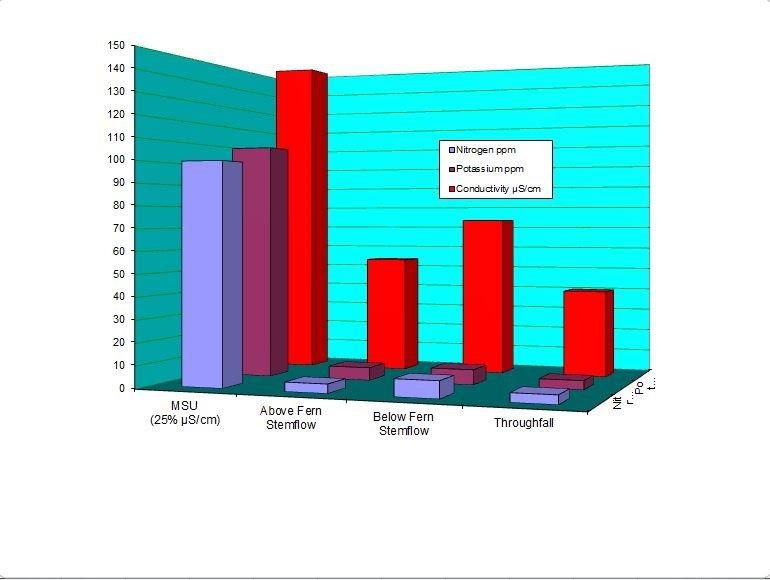First, I need to know if people here are serious about doing a trial. Then we need to figure out the logistics - who, which plants, in what growing conditions. Then I'll need input from the experts - what do we want to test, what do we want to vary, what do we want to keep constant. Only then can I start on the design matrix.
It's a serious, time consuming undertaking (designing an experiment), and I'm not going to spend time on it without commitment from enough people to make the experiment happen. If enough people want to commit, I will start a separate thread.
What is enough people?
Based on what you are thinking what would each participant need to commit to?
How many plants, how long, ect....
If you give some basic general plan then more people might get interested.




